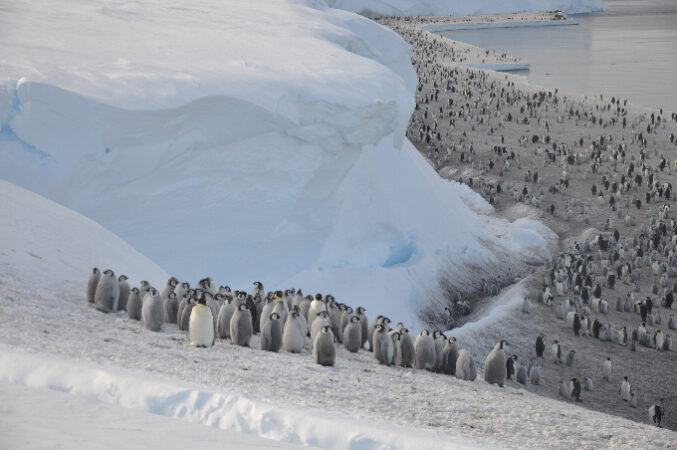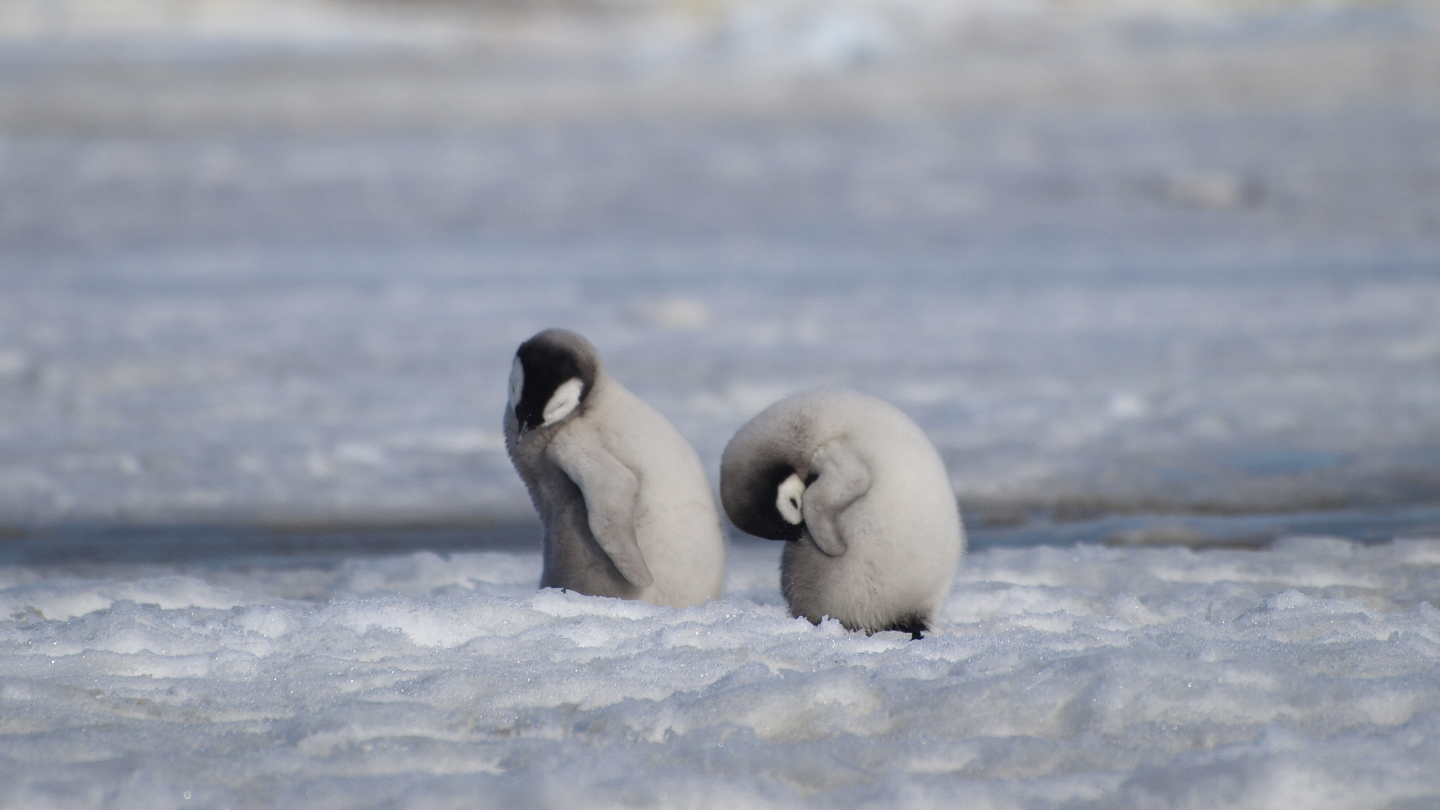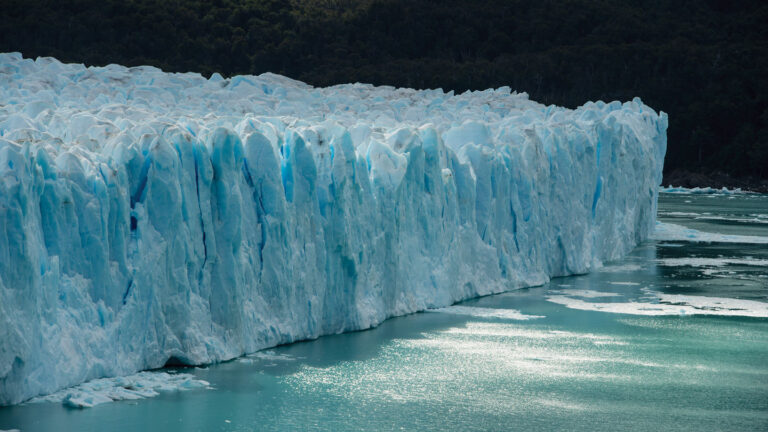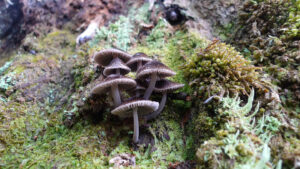Thousands of emperor penguins in western Antarctica lost their chicks last year, largely due to receding sea ice, satellite data suggest.
Over the last two years, sea ice has reached record lows around much of Antarctica (SN: 7/5/23). But while looking at satellite images in 2022, geographer Peter Fretwell noticed that ice in one area was melting especially early in the year. He and his colleagues wanted to measure the impact of this ice loss — in the Bellingshausen Sea off western Antarctica — on emperor penguins (Aptenodytes forsteri) in the region.
So the researchers looked at satellite images of colonies to determine the fate of the breeding season (SN: 8/4/20). Of the five colonies observed, four probably lost all their chicks, the team reports August 24 in Communications Earth & Environment.
Emperor penguins rely on stable sea ice throughout their breeding season, which lasts from April to January. When an egg hatches, the newborn chick must fledge, losing its downy feathers to gain its waterproof coat.
In 2022, sea ice broke up before some colonies were finished fledging. Without waterproof feathers, fledging birds were unable to survive, Fretwell says. Of the youngsters from the 10,000 or so breeding pairs in the region, “we think about 850 of the chicks survived,” says Fretwell, of the British Antarctic Survey in Cambridge, England.

Penguin colonies can recover from a single failed breeding season, says Annie Schmidt, a seabird ecologist at Point Blue Conservation Science in Petaluma, Calif., who wasn’t involved in the new study. And the researchers looked at only a few emperor penguin colonies of the 62 throughout Antarctica.
Some of those other colonies have also experienced bad breeding seasons lately. On Antarctica’s Brunt Ice Shelf, the world’s second-largest emperor penguin colony at the time had three years of breeding failure from 2016 to 2018 after storms broke up sea ice there, Fretwell and a colleague previously reported. Between breeding failure and mass emigration to another site, the colony all but disappeared.
Repeated, or more widespread, failure could threaten colonies and, eventually, emperor penguins as a whole.
The new study, documenting breeding failure across several colonies at once, “is the first observation that’s in line with the worst expectations of what could happen” as the Earth continues to warm, Schmidt says. “I’m concerned — it’s not a good sign.” Recent estimates predict that the changing climate and melting sea ice could cut emperor penguin populations by more than half by 2100.
Despite that potentially grim outlook for emperor penguins, Fretwell still has hope. “If we can slow down global warming … we can turn around the fate of the emperor penguin,” he says. “But that window of opportunity is getting smaller, so we really have to act now.”














+ There are no comments
Add yours